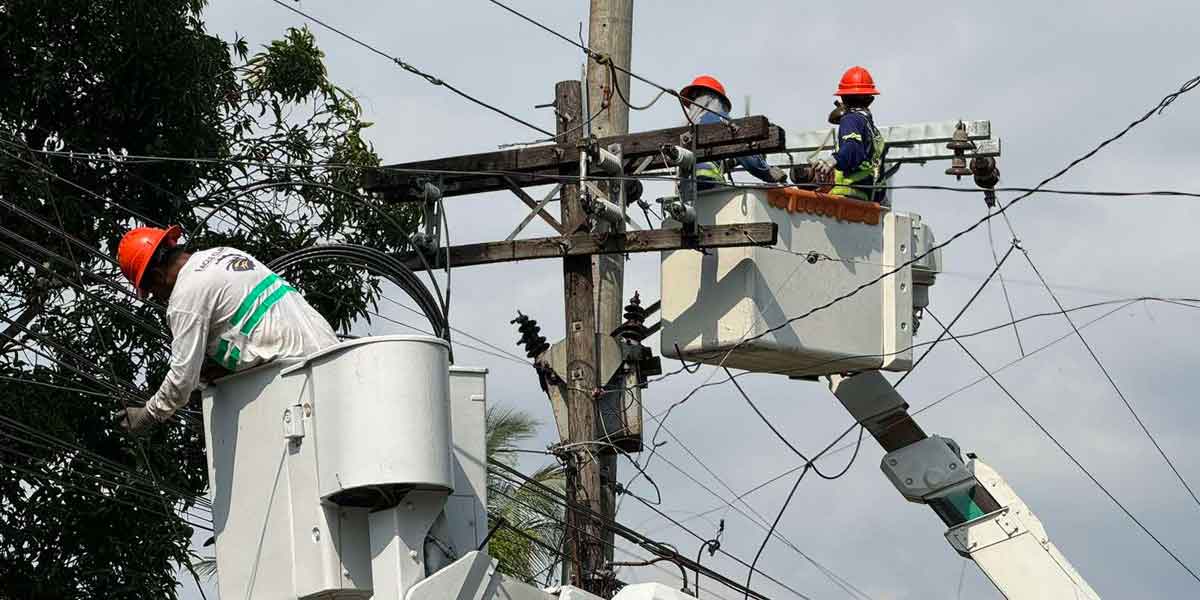By Herman M. Lagon
EDUCATION is often hailed as the great equalizer, a path out of poverty, a tool to combat corruption, and a beacon against ignorance. Yet, as we scrutinize the state of education in the Philippines, it becomes evident that this noble endeavor is fraught with issues that demand our attention, understanding, and resolution.
Sadly, the literacy rate in the Philippines has regressed over the past decades. This decline is attributed to the deteriorating quality, relevance, and accessibility of education—a stark contradiction to the rights enshrined in the Constitution, guaranteeing every Filipino youth these essential privileges.
Four primary issues plague Philippine education: quality, affordability, budget allocation, and education mismatch. Quality has suffered, with standardized test results consistently falling below the target mean scores. The socioeconomically disadvantaged bear the brunt of affordability issues, often experiencing higher dropout rates. Despite constitutional mandates, the country still allocates one of the lowest educational budgets in the ASEAN region, tarnished further by corruption within the system. A significant mismatch also exists between education and employment, leaving many educated individuals unemployed or underemployed, understandably leading to a mindset fixated on overseas employment rather than other more socially beneficial avenues.
Proposed reforms include elevating teachers’ salaries to incentivize advanced training, amending budget allocation methods to reduce regional disparities, investing in digital innovations and knowledge creation to catch up with international standards, shifting focus from band-aid solutions to expanding scholarships for the deserving, engaging business leaders in higher education to address the mismatch, and creating a rationalized apprenticeship program with private sector involvement here and abroad. If executed effectively, such reforms could pave the way for an improved education system.
But, these macro-level issues must be considered with micro-level concerns, particularly curriculum issues. Curriculum innovations, while essential, often need more support due to their unfamiliarity. As we delve into these issues, we discover they are interconnected: academic area initiatives, bilingual/bicultural education, diversity, technology integration, privatization, internationalization, values formation, mental wellness, and many others. These issues, although intertwined, require thorough understanding to ensure that concerns are addressed effectively.
Moving forward, several key takeaways emerge. First, all reform efforts must prioritize student performance as the ultimate goal. The focus should shift from mere credentialization to actual learning acquisition and outcomes. Second, quick fixes and one-size-fits-all approaches won’t suffice. Education reform requires patient, negotiated strategies that consider the unique challenges faced by different communities. Third, regular monitoring and evaluation are crucial to gauge the effectiveness of reforms. Finally, teachers, the frontlines of education, must be empowered and supported with the necessary tools, opportunities, and motivation to lead the way in preparing our youth for lifelong learning.
Additionally, the Philippines faces unique challenges that exacerbate its education woes. Poverty remains a formidable barrier to education, with millions struggling to afford necessities, let alone schooling costs. While cash transfer programs like the 4Ps have improved enrollment and reduced dropout rates, they alone cannot eradicate poverty’s root causes. A comprehensive approach is needed for job creation, social service improvement, and skills development.
Moreover, ongoing armed conflicts in some regions disrupt education. The Alternative Learning System (ALS) is crucial in providing basic education and skills training to those affected by conflict, with adaptable modules designed to accommodate learners’ circumstances. International organizations like UNICEF, GPE, and the World Bank also contribute to education initiatives in conflict-affected areas.
The lack of infrastructure and resources, particularly in rural schools, poses another hurdle. The government has invested in infrastructure projects and launched programs like DepEd TV and DepEd Commons. However, experts argue that greater investment is needed to ensure equitable access to quality education.
The COVID-19 pandemic has further exacerbated educational disparities. The digital divide has been exposed, with students needing access to technology and the internet struggling to adapt to online learning. While the government has implemented initiatives to address this issue, experts advocate for a more extensive program, providing laptops and tablets to marginalized students.
The challenges facing Philippine education are multifaceted, demanding a multifaceted response. While there are initiatives and reforms in place here and there, much work remains to ensure that education truly becomes the great equalizer it aspires to be. Only through comprehensive and sustained efforts can the Philippines hope to provide quality education for all, unlocking the potential of its youth and fostering a brighter future for the nation.
***
Doc H fondly describes himself as a ‘student of and for life’ who, like many others, aspires to a life-giving and why-driven world that is grounded in social justice and the pursuit of happiness. His views herewith do not necessarily reflect those of the institutions he is employed or connected with.




















